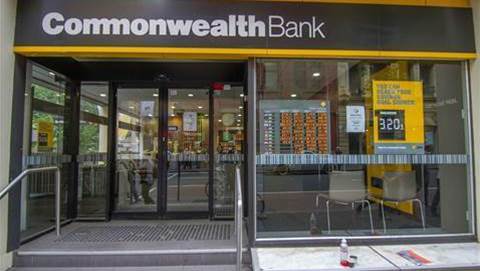The Reserve Bank of Australia plans to release a full public report of its findings and learnings from its proof-of-concept central bank digital currency (CBDC) project in the middle of this year.
The central bank partnered with CBA, NAB, investment group Perpetual and US software company ConsenSys to develop a proof-of-concept CBDC for wholesale settlement on an Ethereum-based distributed ledger technology (DLT) platform.
The proof aims to establish use cases, including the origination and servicing of tokenized loans on the platform.
Deputy head of the payments policy department Chris Thompson told a Blockchain Week 2021 event yesterday the proof is “a step forward from the first project the RBA did in this space at the beginning of the first half of 2019”.
“We did have an in-house project which was a much more narrower scoped project," he said.
"We’ve taken the research further to help us answer ... [if] there is a case for a CBDC in Australia?
“The project is underway at the moment [and] we're looking to finish it very soon. We are looking to put out a public report on the project hopefully in the middle of the year.”
NAB director Lisa Wade said that through its participation in the proof-of-concept, NAB wanted to "really ... explore digital finance, or programmable finance".
“We're very interested in how blockchain can help us in markets where there are lots of inefficiencies," she said.
“We wanted to start with a syndicated loan because they're high value, low volume transactions and there are lots of duplicated processes in the ecosystem, lots of errors or potential for errors, and lots of operational risks.
“We very much came into this project looking at the utility of the CBDC from a wholesale point of view, just on those large transactions to remove those errors, save time, and we're very interested in atomic settlement”.
Atomic settlement refers to the simultaneous exchange of securities for payment.
Wade said it “become obvious” to NAB when planning the syndicated loan transaction that a tokenized central bank digital currency would be needed to see tangible benefits.
“Otherwise, we still had the whole layer of process of having to work with APIs to do the settlement," she said.
"Yes, we can do that, and it would have been still been great. However, to really bring the operational efficiencies we wanted to, we realised that we needed that utility of the CDBC."
While the RBA has yet to change its stance on CBDC use in the retail space, Wade said her view is that decentralised finance “is the future”, despite originally being a “naysayer at the beginning of the project.”
“I believe that if we don't start building central bank digital currencies, that people will just use alternative mechanisms," she added.





.jpg&h=140&w=231&c=1&s=0)




















